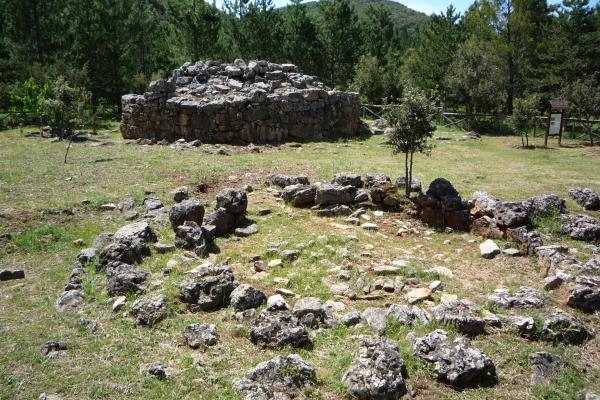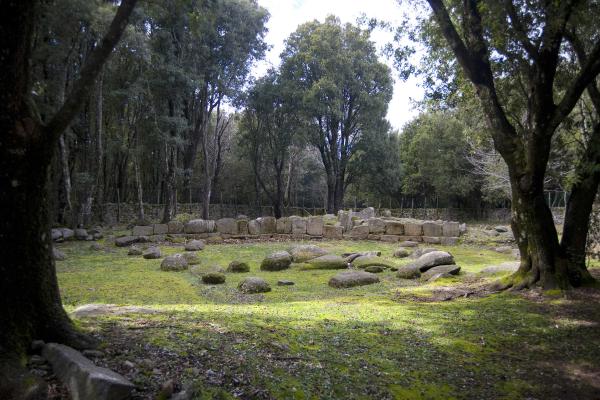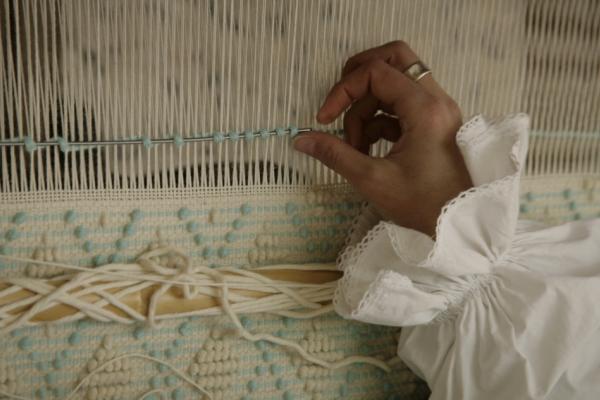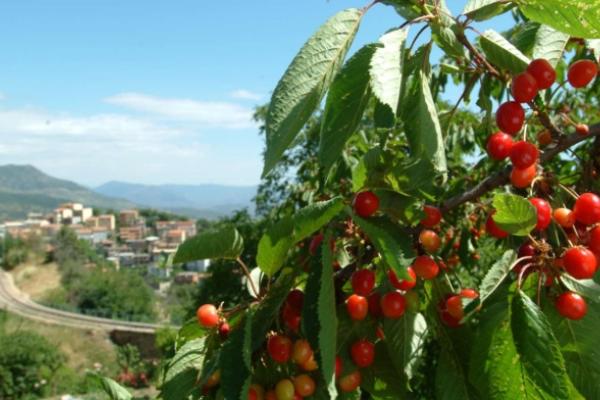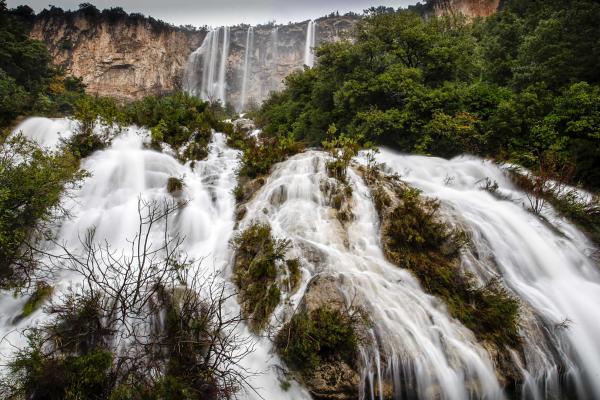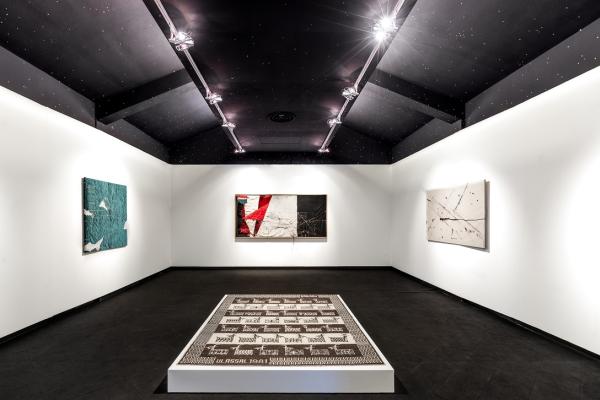It seems that the name gairo means ‘land that flows’. It is not by chance that the events that tormented this place, starting at the end of the 19th century, precisely due to the instability of the land on which it stands, had a dramatic outcome in October 1951. Today, in ‘old’ Gairo, you can see the ruins of the buildings that have remained tenaciously clinging to the rock of the Trunconi mountain, which dominates the valley of the Pardu rivulet below, with little dirt and cobblestone alleys linked by steps and sloping lanes. In fact, the roads delimited the terraces on which the buildings stood and they are therefore positioned horizontally, on staggered levels, along the slope.

Paese abbandonato
Its quiet streets climb up a mountainous ridge and it is the most famous ‘ghost town’ in eastern Sardinia, the ancestor of two villages and a hamlet in Ogliastra
Its quiet streets climb up a mountainous ridge and it is the most famous ‘ghost town’ in eastern Sardinia, the ancestor of two villages and a hamlet in Ogliastra
See this place because...
You will walk amidst the ruins that bear witness to a dramatic event and to a time marked by an agro-pastoral life cycle, near captivating archaeological and nature sites
Pictures and videos
Ti piace questo luogo? Santa Maria Navarrese e Tortolì potrebbero essere la tua meta ideale.
You may also like
More attractions in the vicinity
Nearby hotels and accommodations

GAIRO
1 km

GAIRO
1 km

GAIRO
1 km









